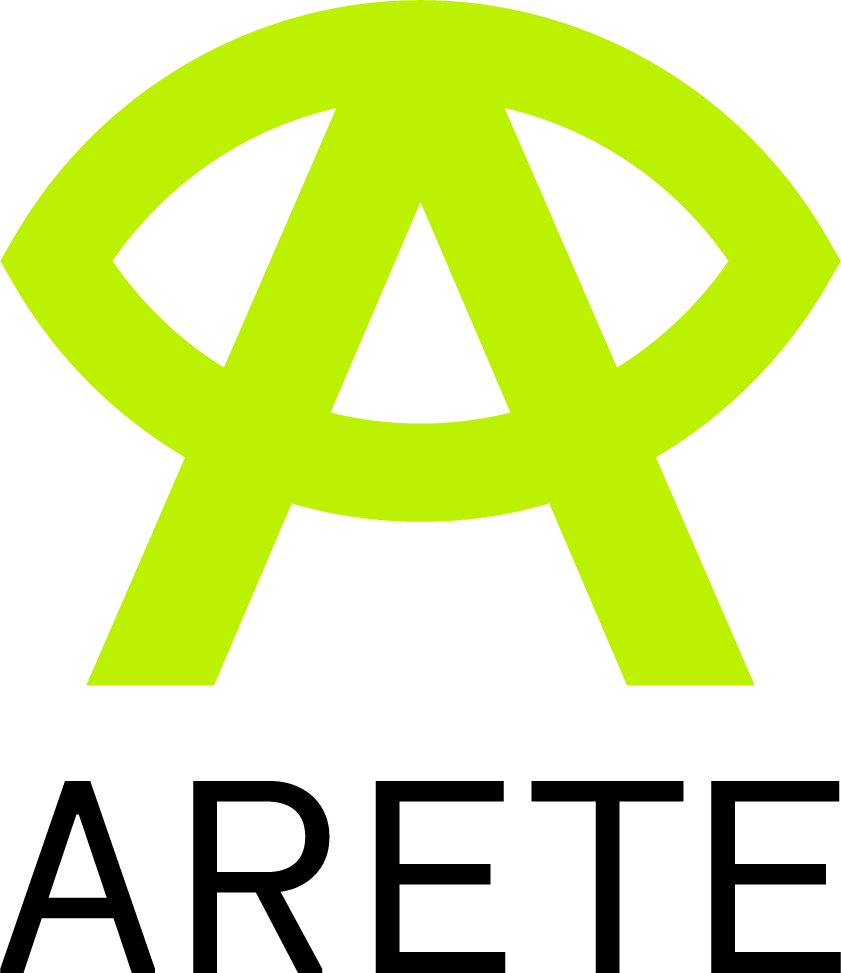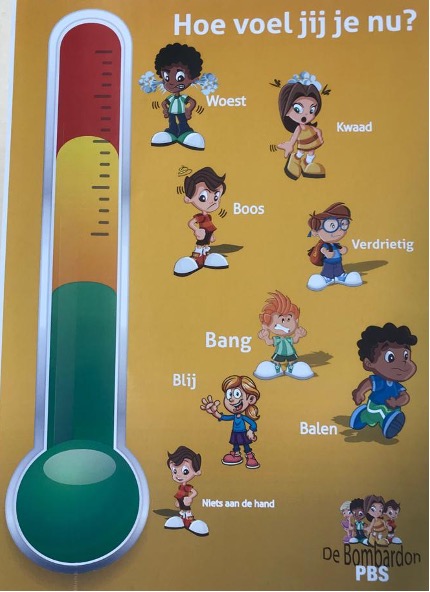The Impact of Augmented Reality on Students’ Learning Processes: Insights from the Psychological Perspective
Augmented Reality (AR) adds layers of digital information onto real-world objects e.g. via a smartphone, tablet, or head-mounted display. Students can receive this virtual information in an enjoyable and interesting way, so AR technologies have a great potential to support students’ learning resources. The ARETE project utilizes this potential to help students acquire literacy skills, enhance knowledge in Maths and Geography and improve their positive behavior.
In order to understand the impacts of AR on students’ learning processes properly, it is helpful to have a look at the underlying psychological mechanisms.
Providing a Student-oriented and Flexible Space
Providing a student-oriented and flexible space for learning is an important advantage of AR technologies in terms of educational psychology: AR offers innovative learning opportunities for students and they can utilize these opportunities at home, at school or wherever they would like to use it.[1] In this way, AR technology can produce a great sensory experience that increases students’ motivation and interest to retrieve information and thus stimulates the long-term memory.[2]

Creating Visual and Realistic Environment
While virtual reality creates a completely artificial environment, augmented reality uses the existing environment and adds new information to it with certain retrieval cues. This way, the AR system creates a visual learning environment which the traditional way of teaching can not provide: digital information is blended with the students’ real world.[3]
However, many teachers and students have limited knowledge of using AR because of the lack of relevant teaching facilities, technical equipment, professional development and digital (pedagogical) competencies. To provide an appropriate environment, more investment in AR technology is required[4] and more research is necessary to explore benefits and barriers for pedagogical contexts. The ARETE project addresses these desiderata and systematically evaluates ways in which AR technologies can be integrated into teaching and learning processes for the benefit both of teachers and of students.
Reducing Cognitive Load
Learning processes require mental resources from working memory to utilize the received information. However, our working memory has a limited capacity to process and retain information so if it exceeds its limits, it may cause cognitive load.[5] Research shows that AR can reduce the cognitive load by integrating information during the learning process since it enables knowledge comprehension. It is particularly useful in learning tasks that require extra efforts such as spatial ability, experimentation, or collaboration. A previous study also shows that AR reduces individual differences between mental and cognitive gaps in retrieving information and it also reduces the effects of task difficulty.⁴
Generating Interactive Teaching
AR provides interactive teaching opportunities that connect with students' interests and engagement levels. With passive learning approaches, it can be particularly hard to teach students complex content matters and to enhance knowledge retention. The use of interactive AR technology enables students to interact with real objects alone or with their peers so it creates innovative opportunities of learning-by-doing and improves students’ motivation for academic learning.[1]

To sum up, AR is still a developing technology in education, and understanding the psychological characteristics of AR technology can help improve the outcomes of students' learning processes. If AR is applied appropriately and in a pedagogically useful way, it is possible to create a visual and realistic interactive environment that increases learning motivation and academic achievement of students.
The ARETE research aims to evaluate by a scientifically sound approach if the positive conditions outlined above can lead to a measurably higher learning achievement compared to traditional teaching and learning processes. In addition, further implications of integrating AR technologies into classroom practice will be addressed.
The ARETE Team at the University of Würzburg, Germany
[1] Shiue, Y. M., Hsu, Y. C., Sheng, M. H., & Lan, C. H. (2019). Impact of an augmented reality system on students' learning performance for a health education course. International Journal of Management, Economics and Social Sciences (IJMESS), 8(3), 195-204.
[2] Wei, X., Weng, D., Liu, Y., & Wang, Y. (2015). Teaching based on augmented reality for a technical creative design course. Computers & Education, 81, 221-234.
[3] Bujak, K. R., Radu, I., Catrambone, R., MacIntyre, B., Zheng, R., & Golubski, G. (2013). A psychological perspective on augmented reality in the mathematics classroom. Computers & Education, 68, 536-544.
[4] Hou, L., & Wang, X. (2011). Experimental framework for evaluating cognitive workload of using AR system for general assembly task. In Proceedings of the 28th International Symposium on Automation and Robotics in Construction.
[5] Thees, M., Kapp, S., Strzys, M. P., Beil, F., Lukowicz, P., & Kuhn, J. (2020). Effects of augmented reality on learning and cognitive load in university physics laboratory courses. Computers in Human Behavior, 108, 106316.



